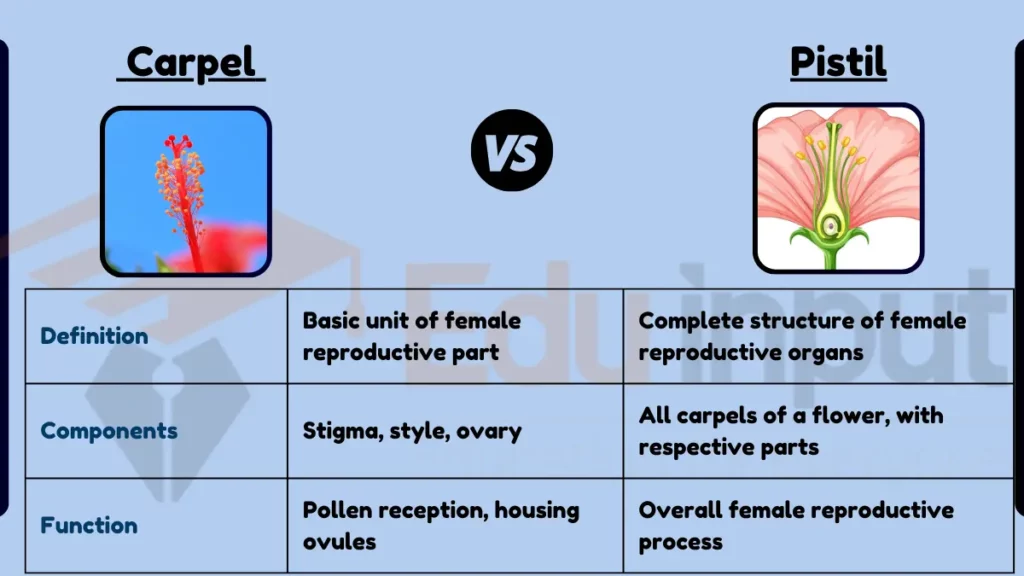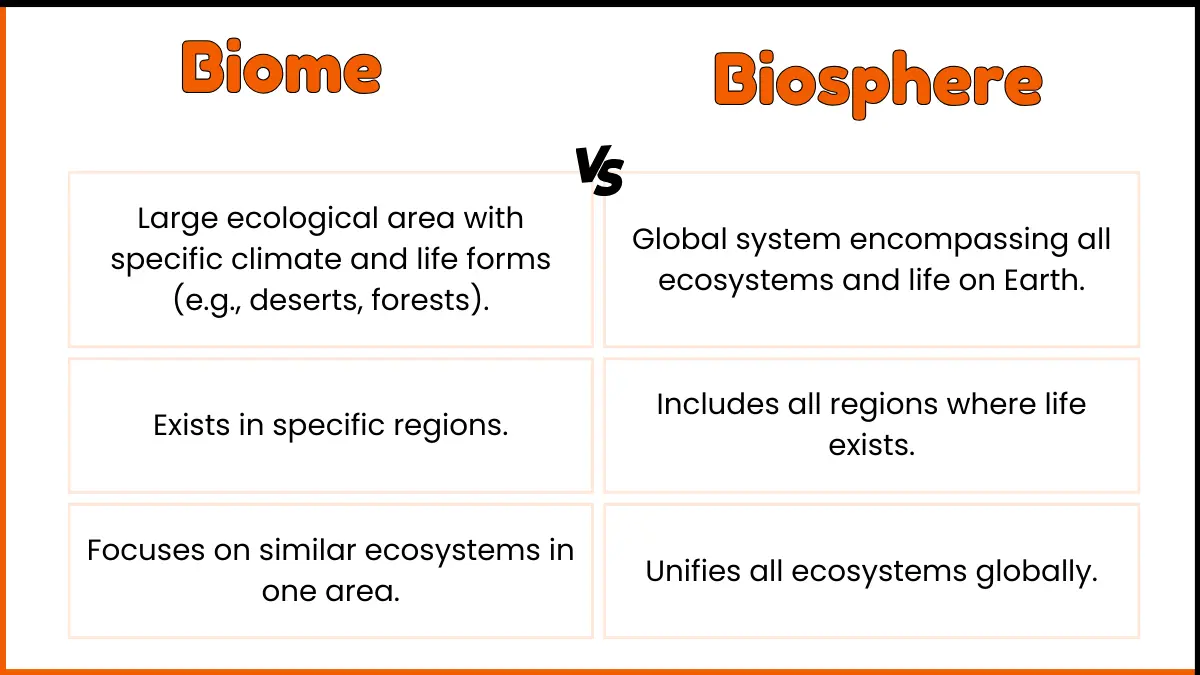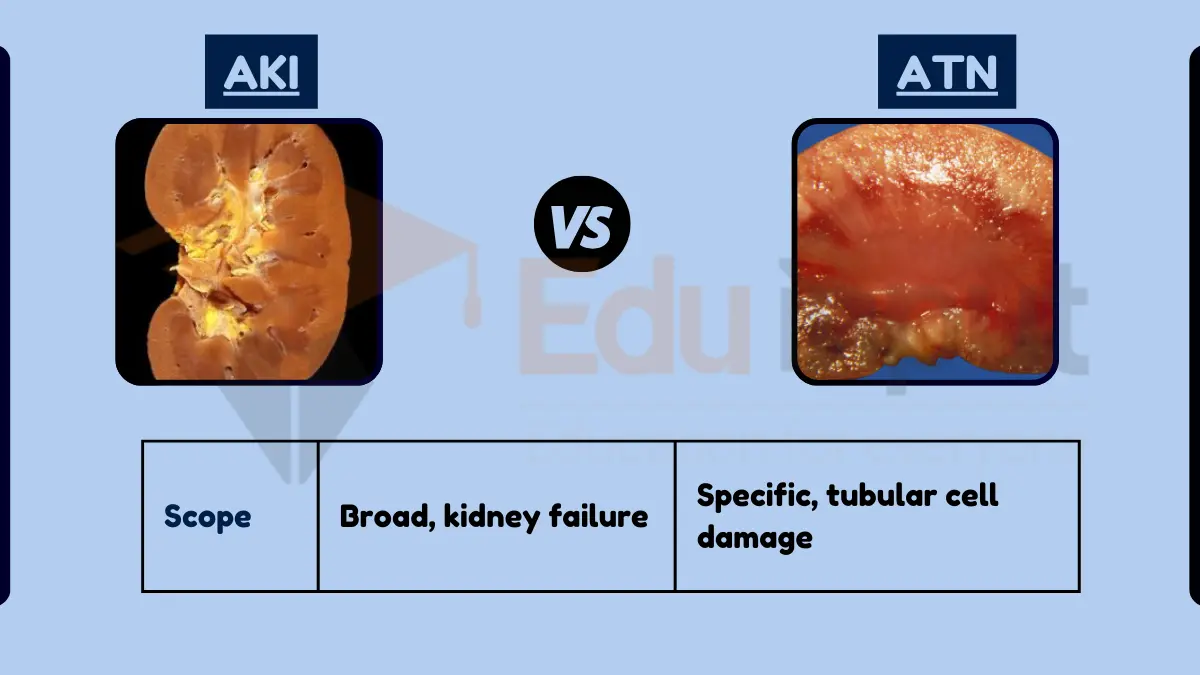Difference Between Carpel and Pistil
Key Difference
The main difference between carpel and pistil is that carpel produces egg cells in plant cells, and pistil is not involved in egg production. A carpel is the individual unit of the female reproductive part of a flower. It consists of three main parts: the stigma (receives pollen), the style (a tube leading from the stigma), and the ovary (which contains the ovules).

The pistil, on the other hand, may refer to a single carpel or a group of fused carpels within a flower. Essentially, the pistil is the complete structure of the female reproductive organs, which may consist of one or more carpels.
Comparative Analysis
- Basic Unit vs. Composite Structure:
- Carpel: The basic unit of the female reproductive part.
- Pistil: The whole structure, which may be one carpel or several fused carpels.
- Components:
- Carpel: Comprises the stigma, style, and ovary.
- Pistil: Includes all carpels of a flower, each with its stigma, style, and ovary.
- Function:
- Carpel: Functions in receiving pollen and housing ovules for fertilization.
- Pistil: Performs the overall function of the female reproductive process in the flower.
- Floral Structure:
- Carpel: Single carpel can be the entire pistil or part of a larger pistil.
- Pistil: May be simple (one carpel) or compound (multiple fused carpels).
- Variations in Flowers:
- Carpel: Can be solitary or multiple within a single pistil.
- Pistil: Varies in number and fusion of carpels.
Table Summary
| Feature | Carpel | Pistil |
|---|---|---|
| Definition | Basic unit of female reproductive part | Complete structure of female reproductive organs |
| Components | Stigma, style, ovary | All carpels of a flower, with respective parts |
| Function | Pollen reception, housing ovules | Overall female reproductive process |
| Floral Structure | Can be solitary or part of pistil | Single or multiple fused carpels |
| Variations | Solitary or multiple in a flower | Varied in number and fusion |
Key Difference







Leave a Reply